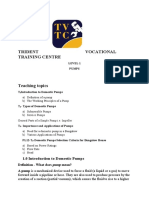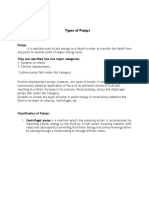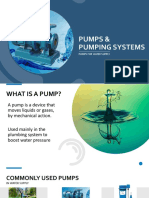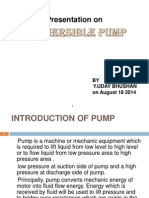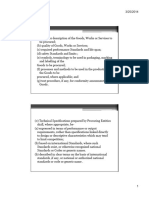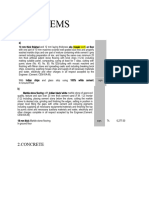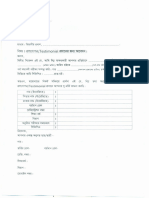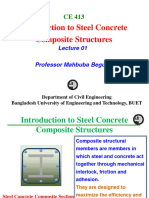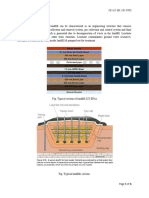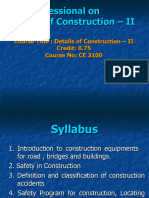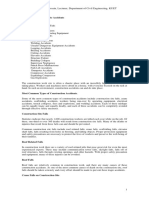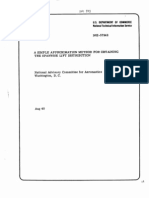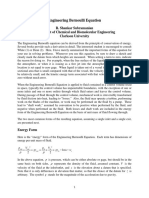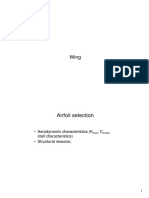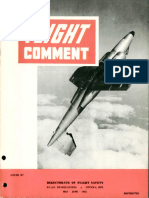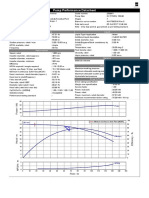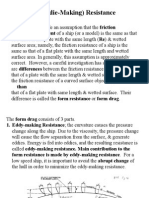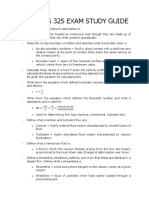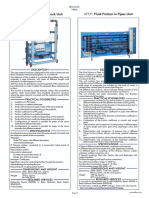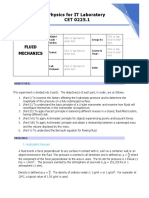0% found this document useful (0 votes)
50 views5 pagesLecture 7
This document discusses pumps and pumping machinery. It classifies pumps based on type of service, power used, and mechanical principles of operation. Centrifugal and turbine pumps are described as being commonly used in water works due to their adaptability and low cost. Deep well turbine and submersible pumps are discussed as examples of well pumps. Air lift pumps are also summarized, noting their advantages of having no submerged mechanical elements but lower efficiency compared to other pumps. The document concludes with reviewing concepts of head loss and pressure in fluid flow through pipes.
Uploaded by
Shayan AbagnaleCopyright
© © All Rights Reserved
We take content rights seriously. If you suspect this is your content, claim it here.
Available Formats
Download as PDF, TXT or read online on Scribd
0% found this document useful (0 votes)
50 views5 pagesLecture 7
This document discusses pumps and pumping machinery. It classifies pumps based on type of service, power used, and mechanical principles of operation. Centrifugal and turbine pumps are described as being commonly used in water works due to their adaptability and low cost. Deep well turbine and submersible pumps are discussed as examples of well pumps. Air lift pumps are also summarized, noting their advantages of having no submerged mechanical elements but lower efficiency compared to other pumps. The document concludes with reviewing concepts of head loss and pressure in fluid flow through pipes.
Uploaded by
Shayan AbagnaleCopyright
© © All Rights Reserved
We take content rights seriously. If you suspect this is your content, claim it here.
Available Formats
Download as PDF, TXT or read online on Scribd
/ 5








